Cleaning with Dry Ice Blasting
Dry Ice, also known as Cryogenic Blasting or CO2 Blasting, is a relatively new cleaning process that uses solid CO2 pellets known as dry ice. Dry ice pellets sublimate once they’ve hit the surface to be cleaned (meaning they transition directly from a solid blast pellet to a vapour) leaving a clean, dry surface with no residue.
Dry ice blasting is ideal for:
How Dry Ice Blasting Works
To use dry ice, the proper cryogenic blasting equipment and dry ice blasting machines must be used. The dry ice blasting process uses pellets made through the process of taking Liquid Carbon Dioxide (CO2) and expanding it to produce a snow like substance that is compressed to make hard dry ice pellets.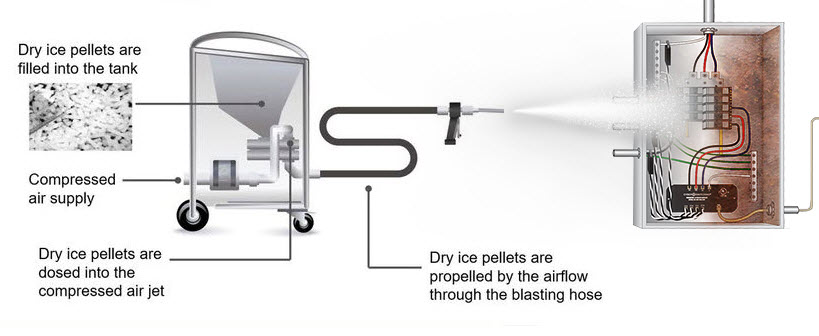 The pellets are then propelled at a supersonic speed by a compressed air gun (similar to other blasting systems). Upon impact, the dry ice creates a micro-thermal shock (caused by the extreme cold temperature of -79º C) which breaks the bond between the coating and the substrate. The high-pressure air stream removes the dirt from the surface, while the dry ice pellets vapourize or sublimate before your eyes.
The pellets are then propelled at a supersonic speed by a compressed air gun (similar to other blasting systems). Upon impact, the dry ice creates a micro-thermal shock (caused by the extreme cold temperature of -79º C) which breaks the bond between the coating and the substrate. The high-pressure air stream removes the dirt from the surface, while the dry ice pellets vapourize or sublimate before your eyes.
The Three Powerful Forces of Dry Ice Blasting
- Kinetic Energy Transfer
Dry ice pellets are accelerated by compressed air to high speeds – fracturing the top layer of dirt/residue. - Micro-Thermal Energy Transfer
The different materials contract unequally and the adherence between them decreases. This thermal difference helps to separate the dirt/residue from the substrate. - Sublimation Energy Transfer
After the dry ice makes its initial impact, it instantaneously turns from a solid to a gas. The volume expansion (by a factor of 700) causes a micro explosion that detaches the dirt/residue from the substrate.
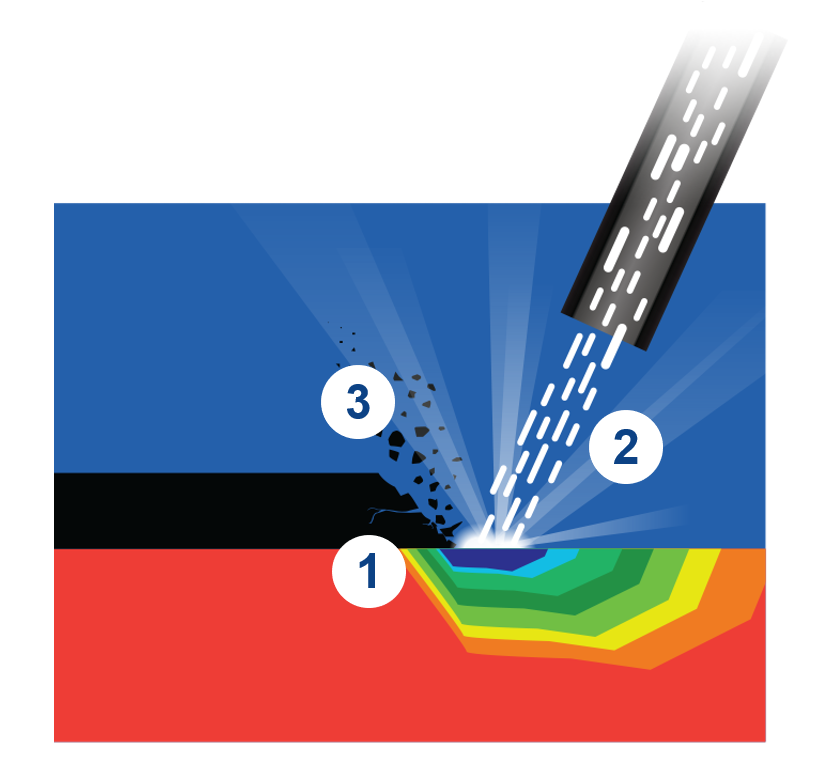
Advantages of Dry Ice Blasting
Increases uptime through in-place cleaning: The process is fast, thorough, and can be performed on-line without disassembly and without need for drying time.
Cleans without damaging the substrate: Cryogenic blasting is non-abrasive. It quickly removes most contaminates without damage to switches, panels, lines, tubes, wiring or belts.
Reduces or eliminates the need for hazardous solvents: Dry ice blasting replaces chemical or solvent based cleaning and manual scraping.
Quicker and more thorough than cleaning by hand: Get a more detailed and quicker clean with CO2 by getting into tight spaced areas inaccessible by hand.
Safe around electrical components: This versatile process cleans heavy industrial build up without damage to sensitive areas like electrical components, switches, wiring, photo electric sensors, etc.
Dry Ice Blasting Compared to Traditional Cleaning Methods
The dry ice blasting process is superior to blasting with sand, glass beads, and other cleaning methods for numerous reasons. As an eco-friendly cleaning alternative, the cryogenic blasting method is quickly becoming favored for environmental as well as production reasons. Due to the nature of the dry ice blasting process, there is no waste to be disposed of. Tremendous performance gains of little to no production downtime, quality of the clean, no clean-up, and minimized damage to equipment make cryogenic blasting a cost-effective cleaning option.
| Blasting Cleaning Technique | Waste for Disposal | Abrasive | Toxic | Electrically Conductive | Performance Comparison |
|---|---|---|---|---|---|
| Dry Ice | No | No | No | No | Excellent |
| Sand | Yes | Yes | No* | No | OK |
| Glass Beads | Yes | Yes | No* | No | OK |
| Walnut Shells | Yes | Yes | No* | No | Limited |
| Steam | No | No | No | Yes | Poor |
| Solvents | Yes | No | Yes | Yes | Limited |
| * Each of these blasting materials becomes contaminated upon contact if used to clean hazardous objects. When that happens, these materials are then classified as toxic waste requiring safe and proper disposal. | |||||
Case Studies
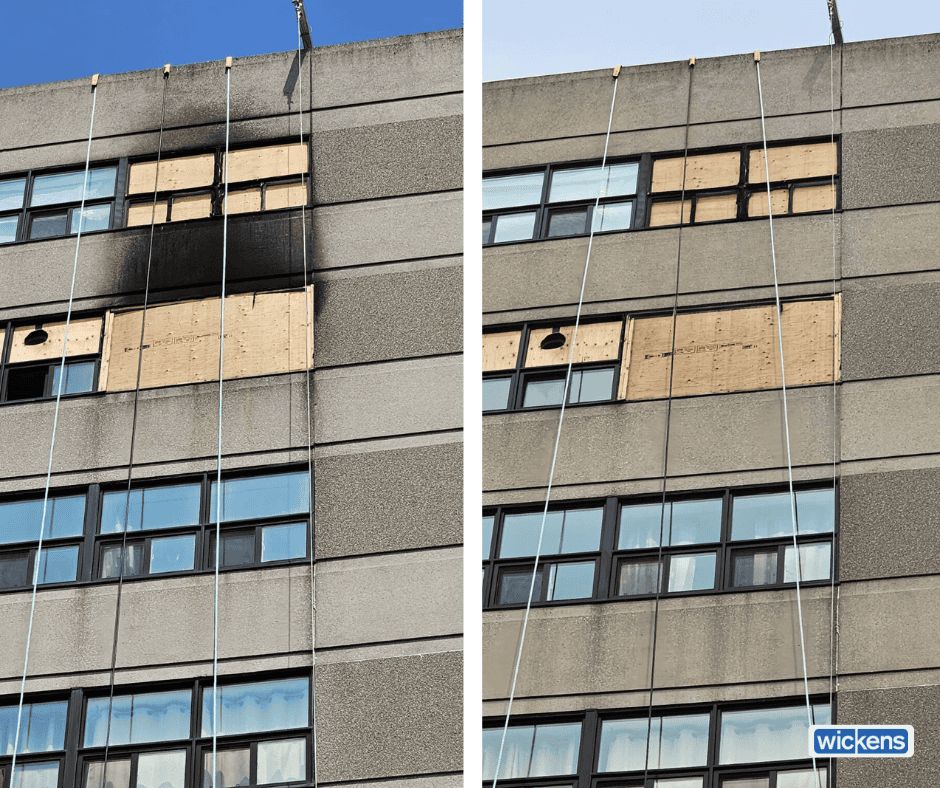
Case Study: Fire Restoration on High-Rise Building
Learn how Wickens used DOFF cleaning on soot and fire residue to clean the exterior of a nine-storey high-rise building in our latest case study.
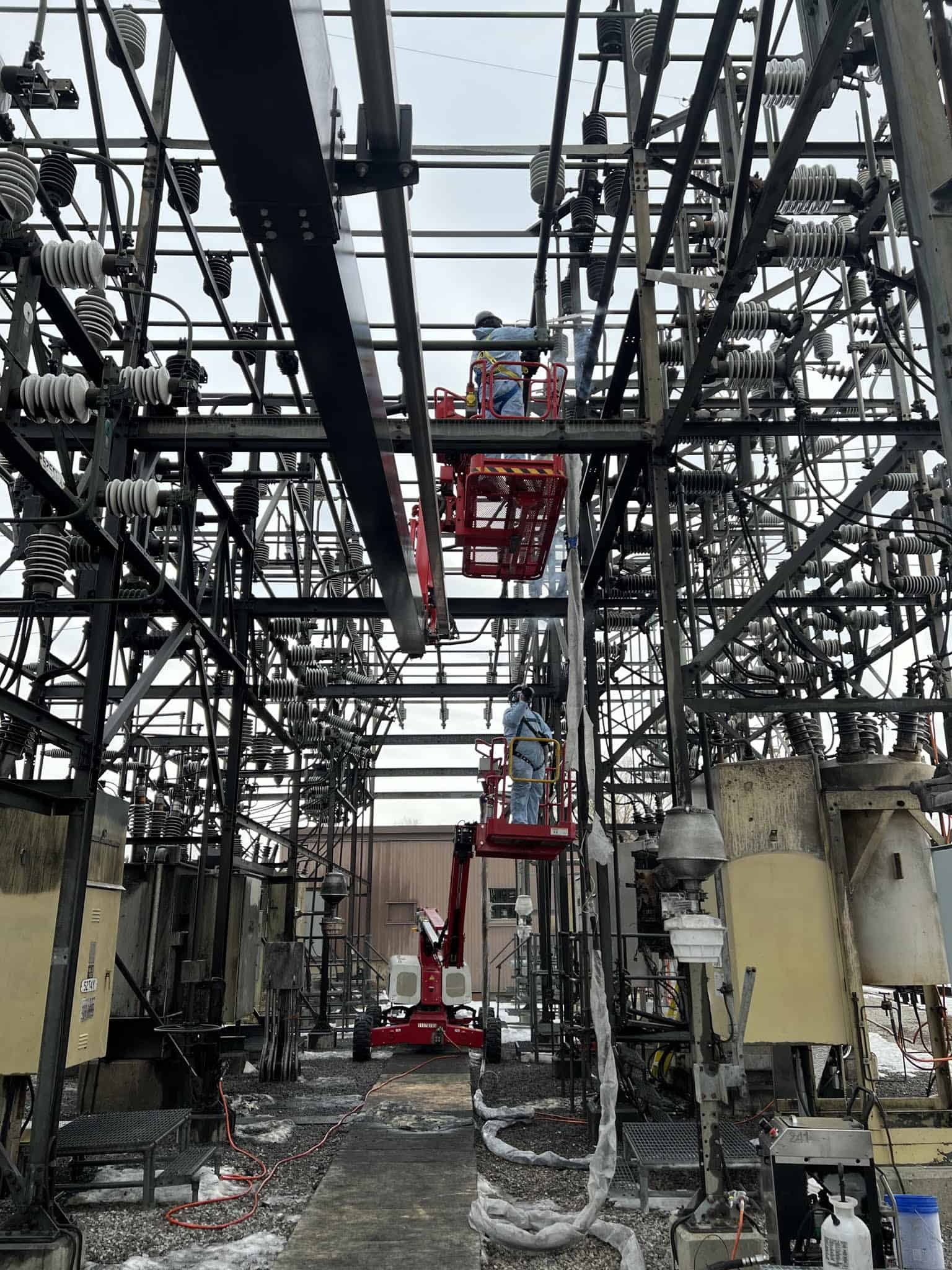
Case Study: Fire Restoration at Hydro Substation
Wickens Dry Ice Blasting helped restore a fire-damaged hydro substation in Ontario with top-down cleaning and careful attention to sensitive components.
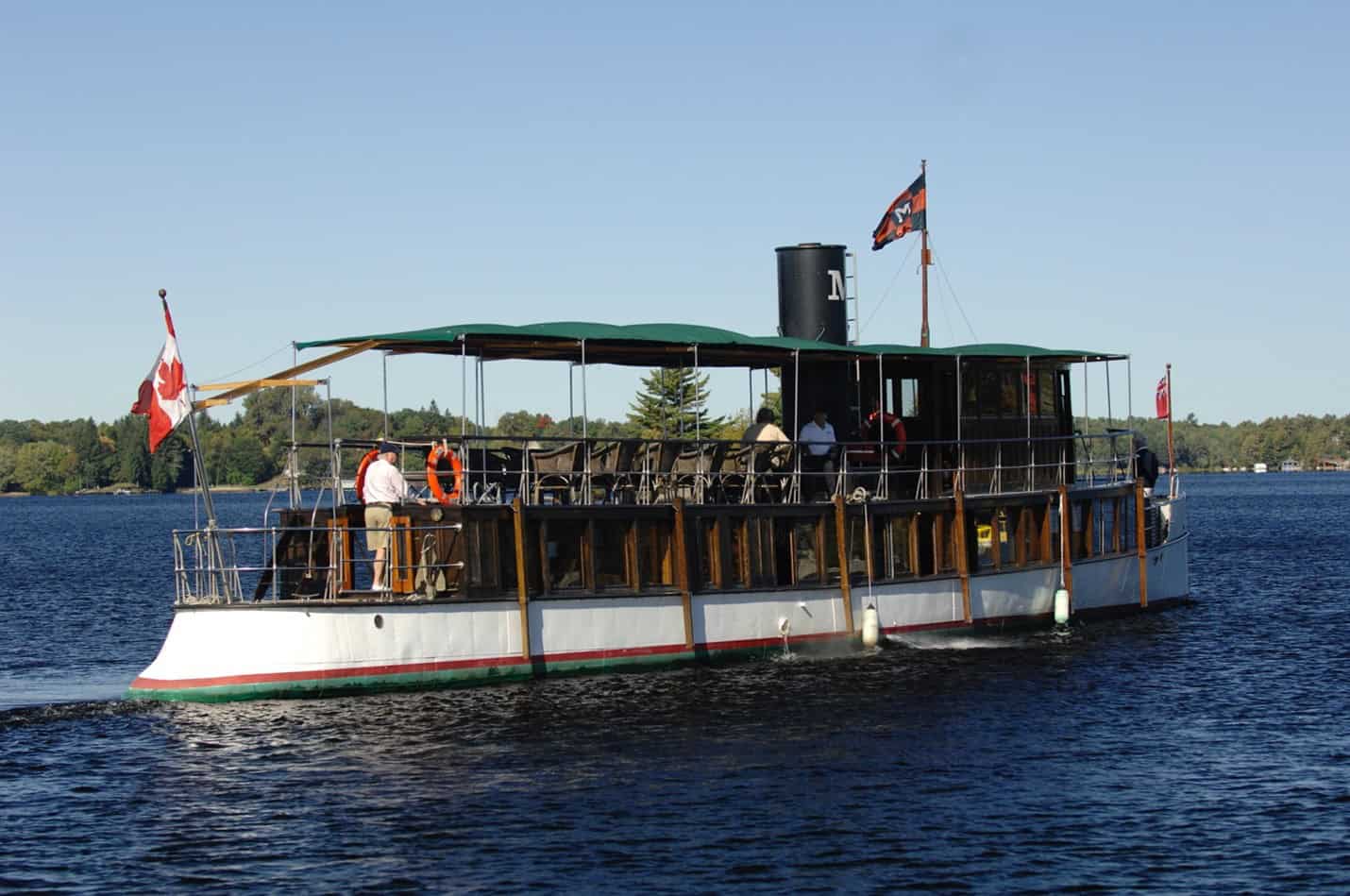
Case Study: Lead Paint Removal for Wanda III Steamship Restoration
Learn how we used media blasting to remove lead paint from the historical steamship, Wanda III, helping to prepare for its return to the waters.
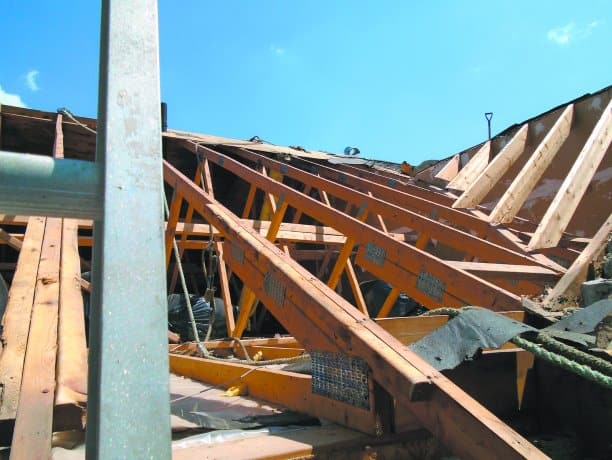
Case Study: Attic Mould Removal in Townhouse Complex
Mould can be a serious problem in any home, causing health issues and damaging the structure of the building.
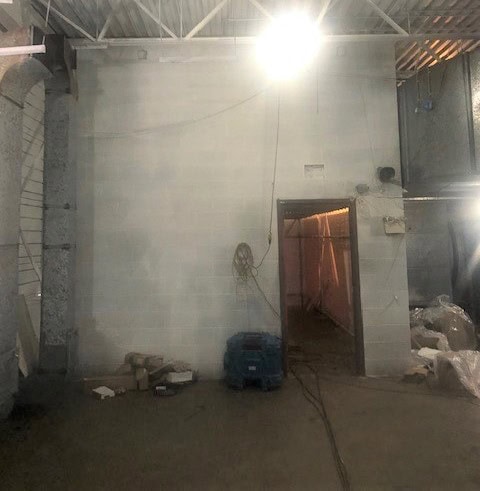
Case Study: Fire Restoration at School
Cleaning after a fire with dry ice blasting ensures that soot and odour are eliminated safely. Learn how this environmentally friendly technique restored a utility room.

Case Study: Grafton Historic Building Restoration
There are many reasons why people choose to restore an old building. Historic buildings are an important way of keeping history alive, and they can also be a great source of pride for their communities.

Case Study: DOFF Cleaning for External Wood Panelling on Estate Property
Wickens recently worked on cleaning, coating, and rejuvenating wood panelling on an elegant manor using DOFF steam cleaning methods.
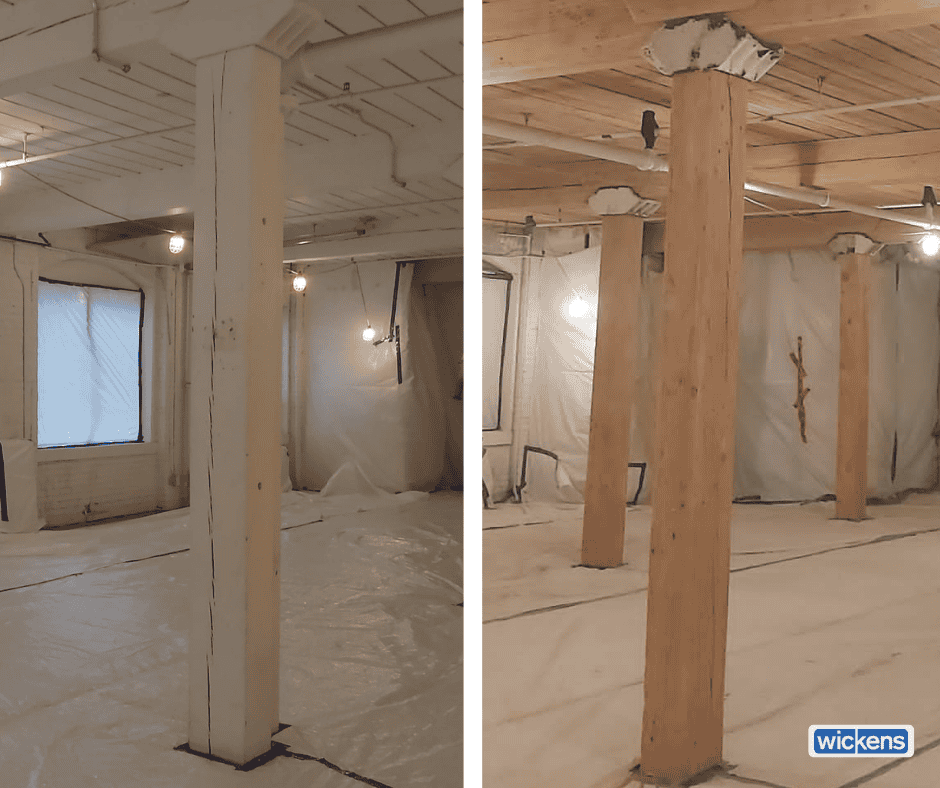
Case Study: Paint Removal for Warehouse in Downtown Toronto
Wickens Dry Ice Blasting worked on a paint removal project at an old factory/warehouse in downtown Toronto that was being re-purposed into office spaces.
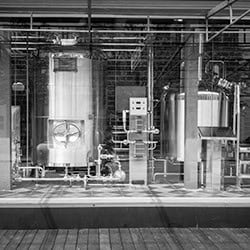
Case Study: Lead Paint Removal in Ontario Brewery
Wickens Dry Ice Blasting assisted in the removal and disposal of lead paint in an Ontario brewery, keeping the establishment and its employees safe.

Case Study: Log Cabin Restoration
Wickens Dry Ice Blasting has extensive experience cleaning log cabins using special blasting techniques that are non-harmful to the surrounding environment.

Case Study: Dry Ice Blasting Used for a Fire Restoration Project
Wickens used dry ice blasting cleaning techniques for the safe handling of food production equipment in a fire restoration project in Toronto, Ontario.

Case Study: Fire Restoration of 10-Storey Office Building
Wickens Dry Ice Blasting worked on a fire restoration project on a 10-storey office building for a client in Ontario. This project required the use of vapour blasting which is an environmentally friendly dustless fire restoration method.
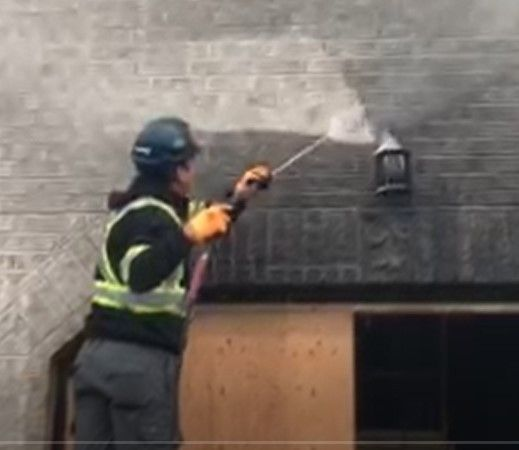
Case Study: DOFF and Dry Ice Blasting Used for Fire Restoration Project
Fires quickly spread from one part of the house to another and require non-destructive cleaning methods that are safe for the environment and effective on a wide variety of surface substrates.

Case Study: Lead Paint Removal for Major Food Processor
Many older industrial and commercial buildings have lead-based paint hazards. These hazards are a major issue, as employees in these buildings are susceptible to exposure to this toxic substance and may be at risk for progressive health problems if the lead paint is not removed safely.
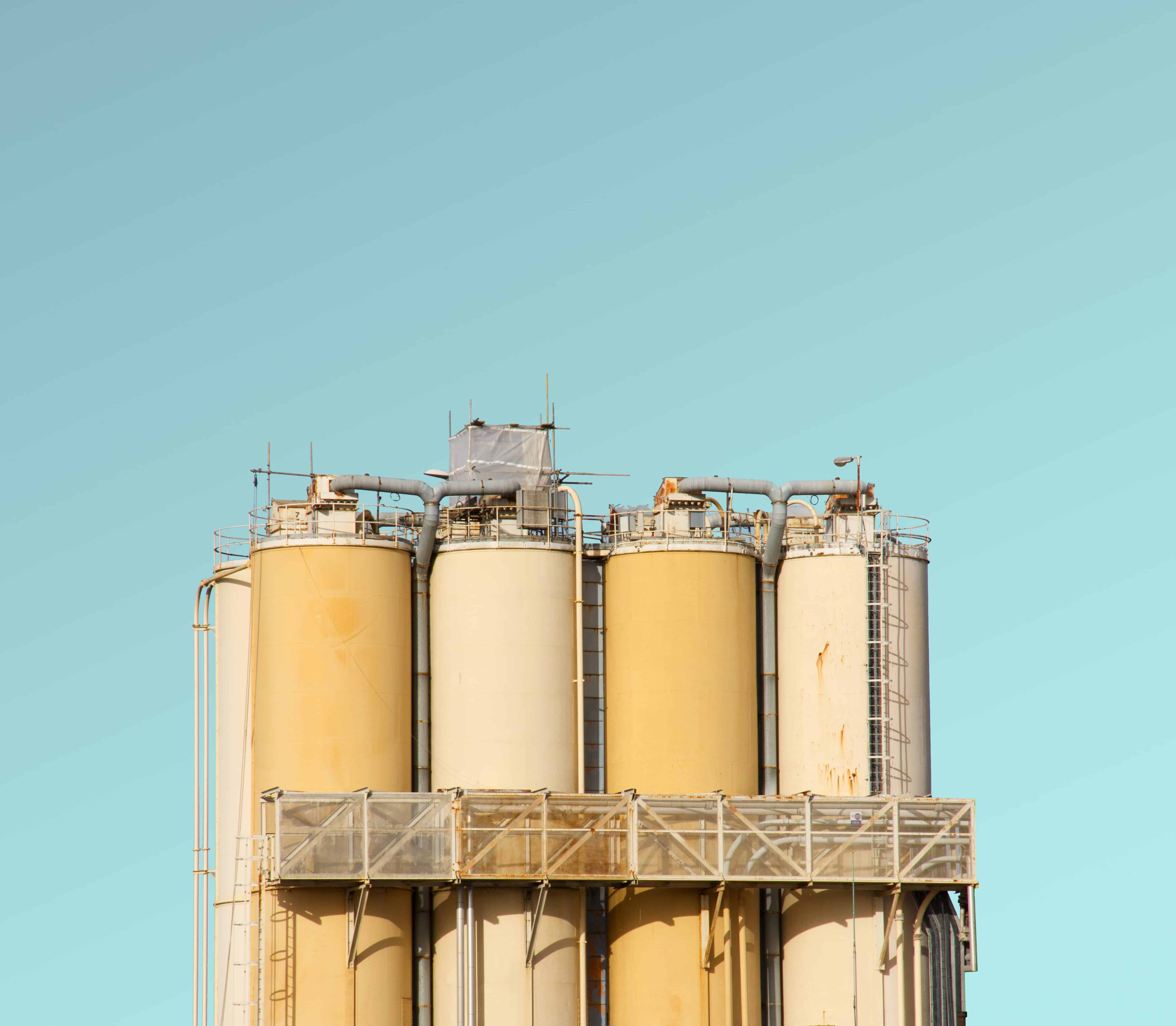
Case Study: Using Dry Ice Blasting to Clean Economizer Piping
Economizers are prone to dirt and deposit buildup, which hinders them from accomplishing the very tasks they’re installed to do. That’s why an S.A.G.D. industry leader located in Alberta called the professionals at Wickens Dry Ice Blasting.
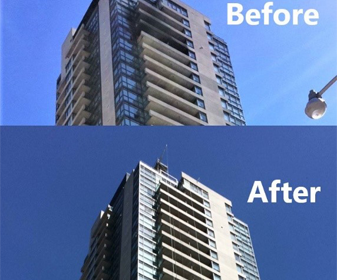
Case Study: Toronto Condominium Fire Restoration
Condo fire damage quickly spreads to nearby units as well as the building exterior, displacing residents from their homes until the building can be safely restored.
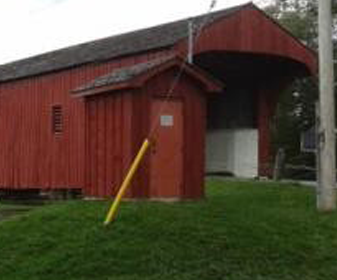
Case Study: Historical Restoration and Preservation of the Kissing Bridge
Many tourists from different parts of the world come to visit Waterloo to experience the scenic beauty of the Covered Bridge. The professionals at Wickens were called in to perform dry Ice blasting, ensuring the bridge retains its pleasing interior. Thanks to dry ice blasting, cleaning this historical structure no longer carries the threat of damage it once did.

Case Study: Fire Restoration in a Subway Restaurant
When a fire leaves a business unable to function, it’s crucial to call in the experts to restore the damaged areas and get back to serving customers as quickly as possible. That’s why a restoration company called the professionals at Wickens after a Subway restaurant in Burlington experienced serious fire damage.

Case Study: Via Rail Fire Restoration & Prevention
Via Rail connects Canada from coast to coast—so it’s crucial to keep trains running safely and efficiently. After an incident involving an exhaust vent that caught fire, Via Rail called in the professionals at Wickens Dry Ice Blasting to restore the area and provide preventive cleaning to avoid similar issues in the future.

Case Study: Mould Removal from Hamilton Townhouses
The Municipality of Hamilton, Ontario faced a nightmare situation when mould was found in the attics of 90 residential townhouses. Wickens completed the three-month mould remediation project on time, under budget, and with very little disruption to the tenants.
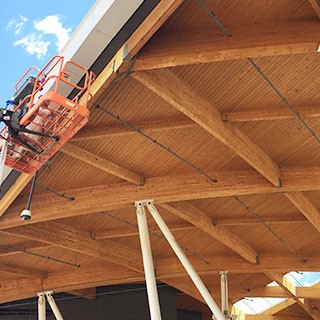
Case Study: Using Dry Ice Blasting to Clean the Canadian Plaza Canopy in Niagara
On the Canadian side of the Peace Bridge, visitors are greeted by the Canadian Plaza, which consists of a main administration building for processing arrivals. Wickens used dry ice blasting to clean the wooden structure without disrupting the high volumes of visitor traffic.

Case Study: Mould Remediation at a St. Catharines Ice Arena
Managers of an ice arena in St. Catharine’s, Ontario discovered significant mould growth on the ceiling of the building. Wickens Dry Ice Blasting was able to clean the mould residue and mould spores from the ceiling and support structures within two weeks.
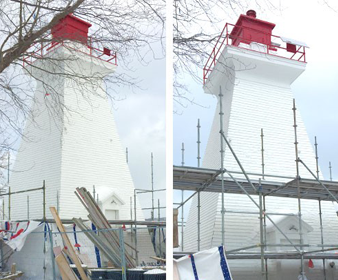
Case Study: Removing Lead Paint from a Historic Lighthouse in Niagara
Marking the entrance to the Niagara River is a lighthouse that once guided boats and ships arriving via Lake Ontario. Recently, Fisheries and Oceans Canada decided it was necessary to refurbish the lighthouse and remove the lead paint that had been applied years ago before federal regulations came into effect.

Case Study: Saving a Building Project from Mould
For builders in Northern Ontario, winter came all too quickly while constructing a luxury condo building. With snow and wet conditions, mould developed on the building materials and spread throughout the building. Wickens quickly mobilized a team of trained technicians to begin the mould remediation process.
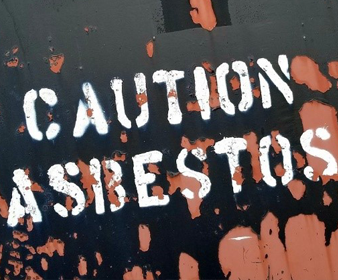
Case Study: Removing Asbestos from an Office Building
A three-story office building in South Western Ontario had areas of exposed brick on all levels that had been painted with asbestos-containing paint. With extensive experience, specialized processes, and trained technicians, Wickens Dry Ice Blasting was able to safely and quickly remove the asbestos.




